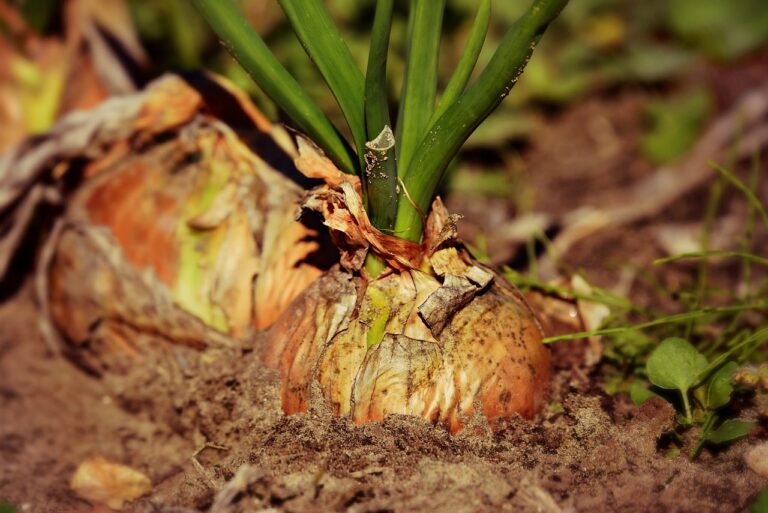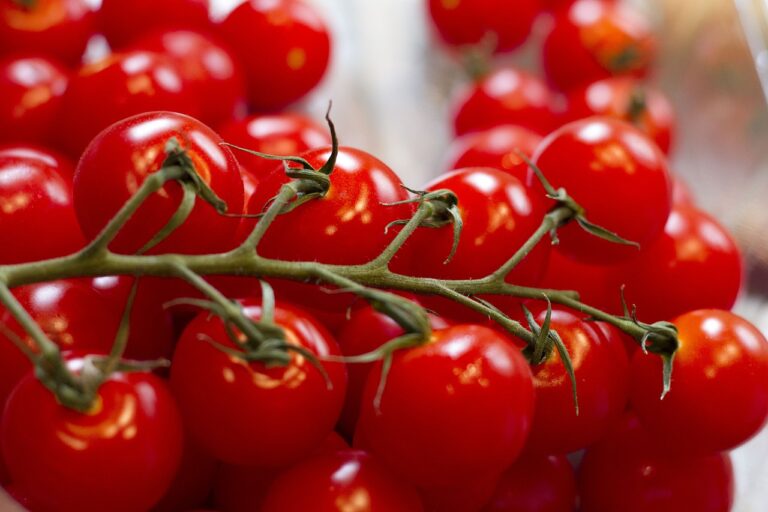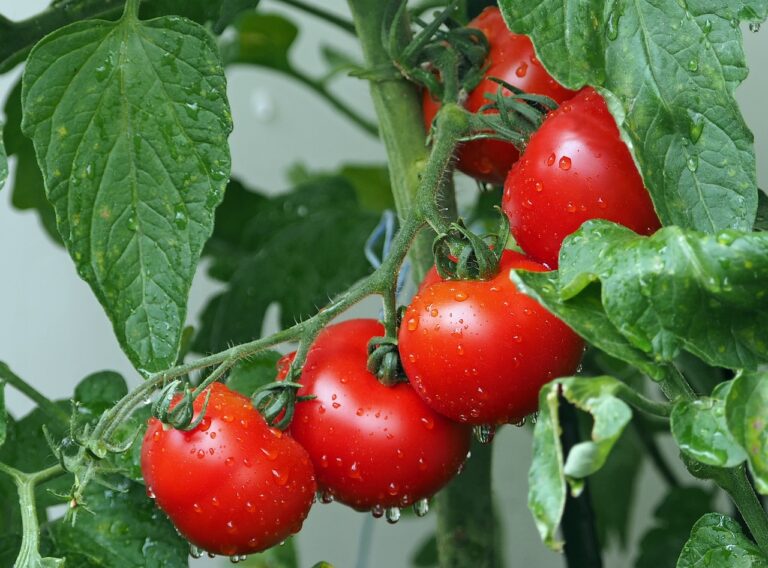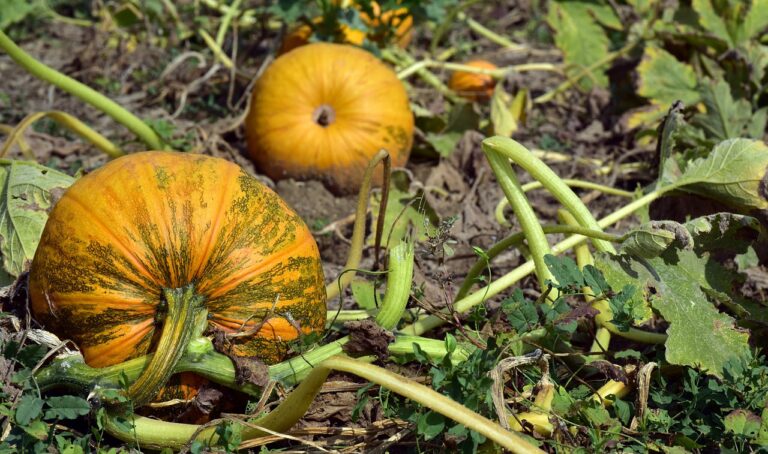Guide to Cutting Back Salvias for Better Growth
To optimize salvia growth, prune at the correct times using sharp shears. In spring, trim deciduous salvias like Salvia elegans for rejuvenation. Woody types like Salvia greggii benefit from post-flowering pruning. For rosette forms like Salvia nemorosa, cut down to the base. Proper pruning amplifies shape, bloom, and plant vigor. Tailor cuts to the specific salvia variety for best results. Strategic pruning in late winter or early spring spurs new growth and improves health. Beyond trimming, shaping practices promote bushiness and airflow. Continuous blooming is supported by deadheading. Precise techniques ensure vibrant blooms and lush foliage.
Pruning Salvias for Optimal Growth
To achieve peak growth in salvias, it is vital to employ proper pruning techniques tailored to the specific type of plant, ensuring health, shape, and abundant flowering. Understanding the distinctions between herbaceous and woody salvias is pivotal for effective pruning practices. Deciduous herbaceous salvias like Salvia elegans benefit from a rejuvenating prune in spring, cutting old stems down to the ground. This technique stimulates new growth, leading to improved flowering and a healthier plant overall.
On the other hand, salvias with woody stems such as Salvia greggii should be pruned after flowering. It is vital not to cut these plants all the way to the ground. Instead, focus on shaping the plant by selectively removing spent blooms and leggy growth. This method encourages repeat blooming and maintains the structural integrity of the shrub.
Rosette forming herbaceous salvias like Salvia nemorosa require a different approach. These plants should be pruned down to the base to promote the best growth and ensure abundant flowering. By removing old growth, the plant can direct its energy towards producing new blooms, resulting in a more vigorous and attractive display.
Applying the appropriate pruning techniques based on the type of salvias not only improves their shape and flowering but also plays a significant role in maintaining their overall health and vitality.
Timing and Tools for Pruning Salvias
I suggest trimming salvias during late winter or early spring to stimulate new growth and improve plant health. Use sharp, sanitized pruning shears for precise cuts that minimize the risk of disease transmission. Evaluate salvias carefully for any dead, damaged, or diseased stems before pruning back to promote excellent growth.
Pruning Schedule
When preparing to trim salvias for ideal growth, it is important to select sharp, clean pruning shears and follow a late winter or early spring schedule. Pruning during this time promotes new growth by removing old, woody stems. Using sharp pruning shears guarantees precise cuts, which are vital for plant health. Before pruning, inspect the salvias for any diseased stems that need to be removed. Cutting off dead or damaged stems at their base and above healthy buds encourages peak plant health and growth. Additionally, shaping the salvias through pruning not only maintains a tidy appearance but also encourages branching. Remember to sanitize your pruning shears to prevent the spread of diseases while shaping your plants.
Essential Pruning Tools
Examining your pruning shears for cleanliness and sharpness before trimming salvias in late winter or early spring is crucial for promoting new growth and vigor in the plants. Utilizing the right tools at the proper time guarantees healthy growth and abundant flowering. To improve your pruning experience and care for your salvias effectively, consider the following:
- Sharp Pruning Shears: Make sure your pruning shears are sharp to make clean cuts without causing damage to the plants.
- Sanitizing Tools: Regularly disinfect your pruning tools to prevent the spread of diseases among salvias.
- Proper Timing: Trim salvias in late winter or early spring to encourage robust new growth.
- Healthy Growth: Using appropriate pruning tools at the right time contributes to the overall health and appearance of your salvias.
Techniques for Shaping Salvias
When shaping salvias, focus on pruning for bushiness to promote a fuller appearance. By trimming the outermost stems, you can stimulate new growth and boost the plant’s overall health. Maintaining a well-shaped salvia not only improves its aesthetics but also contributes to a healthier garden environment.
Pruning for Bushiness
To shape salvias for bushiness, trim the outermost stems to promote branching and denser growth. Here are some techniques for shaping salvias effectively:
- Selective Pruning: Focus on removing the oldest and tallest stems to allow light and air circulation into the plant’s inner sections.
- Pinching Tips: Regularly pinch off the growing tips of young stems to stimulate lateral growth and create a more compact plant.
- Deadheading: Remove spent flowers to redirect energy towards new growth and encourage continuous blooming throughout the season.
- Regular Maintenance: Consistent pruning not only maintains shape but also improves plant health, ensuring salvias remain vibrant and visually appealing.
Encouraging New Growth
In shaping salvias to encourage new growth, the strategic pruning of outermost stems is vital for promoting branching and denser foliage. Pruning salvias in late winter or early spring is essential for enhancing plant vigor and stimulating fresh growth. By carefully removing dead stems during this pruning process, we can effectively redirect the plant’s energy towards producing more flowers and lush foliage. This shaping technique not only controls growth patterns but also encourages continuous blooming. Monitoring the plant’s growth and trimming back any overgrown stems as needed will help maintain a balanced and healthy appearance. Through precise pruning practices, salvias can be shaped to thrive and flourish abundantly.
Maintaining Plant Health
Pivoting from shaping salvias to encourage new growth, the next step in ensuring plant health involves implementing precise pruning techniques for shaping salvias effectively. Pruning salvias is vital for maintaining plant health as it promotes new growth, improves air circulation, reduces disease risks, and keeps the garden tidy. To shape salvias for best health:
- Cutting back: Trim dead, damaged, or diseased stems in late winter or early spring to allow for recovery and vigor.
- Monitoring growth: Regularly check for overgrown stems and trim them to control aggressive growth and maintain plant shape.
- Encouraging branching: Prune salvias to promote branching and denser growth, leading to continuous blooming.
- Optimizing air circulation: Proper pruning aids in enhancing air circulation around the plant, reducing the risk of diseases.
Deadheading Salvias for Better Blooms
When deadheading salvias, the key to promoting better blooms lies in the strategic removal of spent flowers. Deadheading is an essential practice for maintaining the continuous blooming cycle of Salvias. By snipping off faded blooms, you not only prevent the plant from putting energy into seed production but also encourage it to produce new flower buds. This redirection of energy towards new growth and flower development results in a more abundant and prolonged blooming period.
Regular deadheading not only improves the plant’s aesthetics by keeping it tidy and free from wilted flowers but also plays a significant role in its overall health. Salvias benefit from this simple yet effective pruning method, as it allows them to focus on flowering rather than setting seeds. This process ultimately leads to a healthier and more vibrant plant.
Incorporating deadheading into your Salvia care routine is a straightforward task that yields significant benefits. It not only improves the plant’s appearance but also ensures that it remains in peak condition, ready to produce a stunning display of blooms throughout the growing season.
Pruning Salvias in Different Seasons
Trimming salvias at specific times throughout the year is essential for maximizing their growth and blooming potential. To guarantee healthy and vibrant salvias, it’s vital to follow the following seasonal pruning guidelines:
- Late Winter or Early Spring: This period is optimal for pruning salvias to eliminate old, woody stems and stimulate new growth. By cutting back the plant during late winter or early spring, you promote fresh shoots to emerge, leading to a more robust and floriferous plant during the growing season.
- Deadhead Spent Flowers: Continuously removing spent flowers is crucial throughout the season to promote prolonged blooming. By cutting off faded blooms, you redirect the plant’s energy towards producing new flowers, maintaining a colorful display in your garden.
- Light Pruning in Summer: Consider light pruning in the summer months for shaping and maintenance purposes. However, avoid drastic cuts during this time, as it can stress the plant, especially considering variations in local climate conditions and different salvia species.
- Specific Pruning Timings: Different salvias may require specific pruning timings and techniques tailored to their growth habits and flowering patterns. Understanding the unique needs of each salvia variety will help you optimize their growth potential and overall health.
Specific Tips for Hot Lips Salvias
What important pruning technique should be applied to Hot Lips Salvias for best growth and continuous blooming? To guarantee excellent growth and vibrant blooming in Hot Lips Salvias, it is vital to prune them in late winter or early spring. This timing allows the plant to recover from any winter damage and promotes the emergence of new growth. When pruning Hot Lips Salvias, focus on trimming back the outermost stems. This technique encourages branching, leading to denser growth and a higher likelihood of continuous blooming throughout the season.
Monitoring the growth of Hot Lips Salvias is critical to maintaining their health and appearance. If you notice any overgrown stems or aggressive growth, promptly trim them back to control the plant’s development and prevent it from becoming unruly. By shaping the plant through proper pruning practices, you can help Hot Lips Salvias retain their desired form and structure, enhancing their overall aesthetic appeal.
Understanding Salvias for Successful Pruning
Salvias, covering a varied array of species such as Salvia officinalis, Salvia splendens, Salvia elegans, Salvia farinacea, and Salvia greggii, demonstrate specific pruning requirements necessary for successful care and maintenance.
- Understanding Salvias Types: Different salvias have varying growth habits, flowering times, and pruning needs. It’s important to identify the specific type you have to tailor your pruning approach effectively.
- Pruning for Plant Health: Proper pruning not only promotes new growth but also improves overall plant health by removing dead or diseased parts, allowing for better air circulation and reducing the risk of pests and diseases.
- Shape Maintenance for Aesthetics: Pruning salvias helps maintain a neat and compact shape, promoting an attractive appearance in your garden or landscape while preventing them from becoming leggy or unkempt.
- Attracting Pollinators: By pruning salvias at the right times, you can synchronize their blooming periods with peak pollinator activity, such as hummingbirds and butterflies, enriching your garden’s biodiversity and ecological value.
Understanding the growth habits, flowering times, and pruning requirements of salvias is fundamental for ensuring successful pruning practices that support robust growth, prolific blooming, and sustained plant health. Whether opting for spring or fall pruning, adapting your approach based on the specific type of salvias you have and considering climatic factors will help you achieve flourishing and vibrant salvias in your garden.





